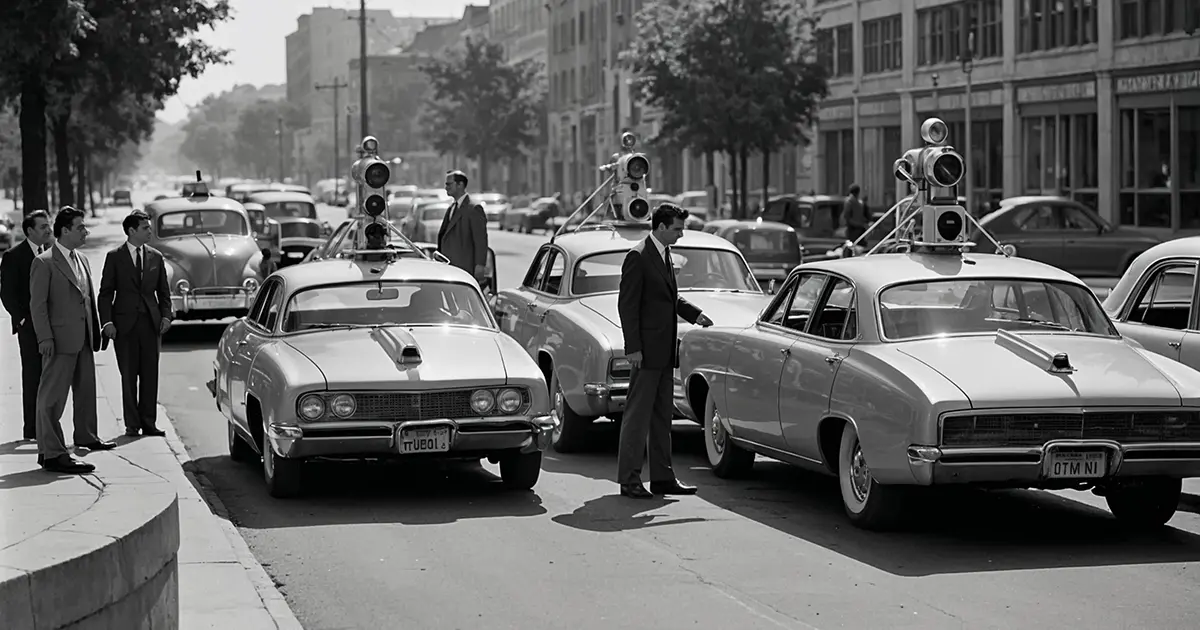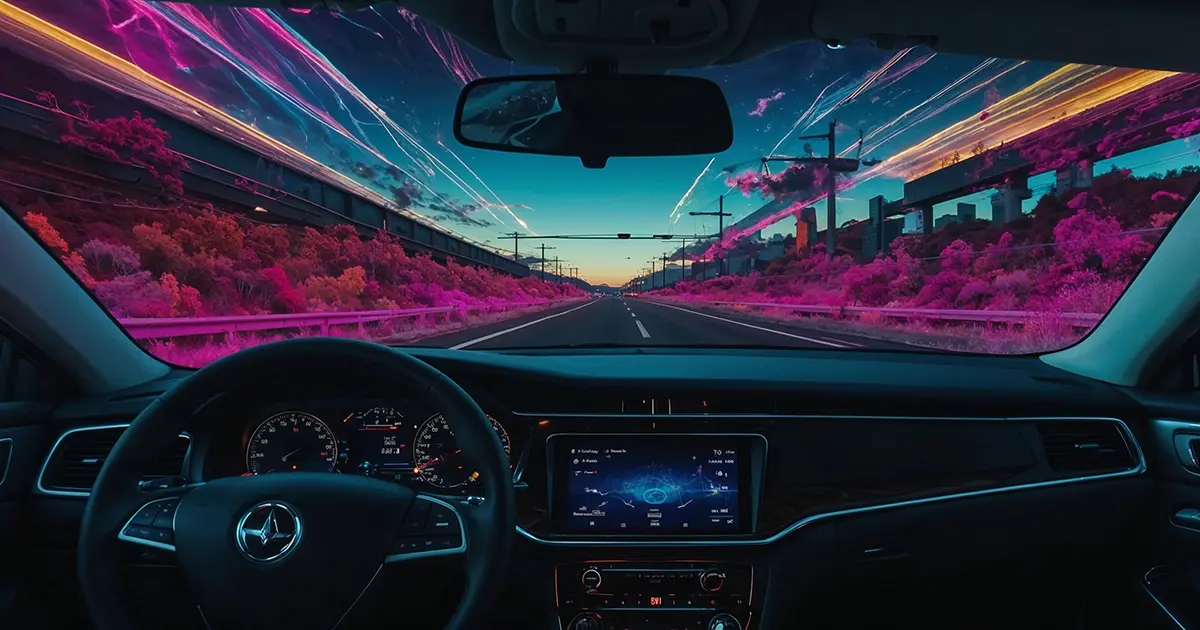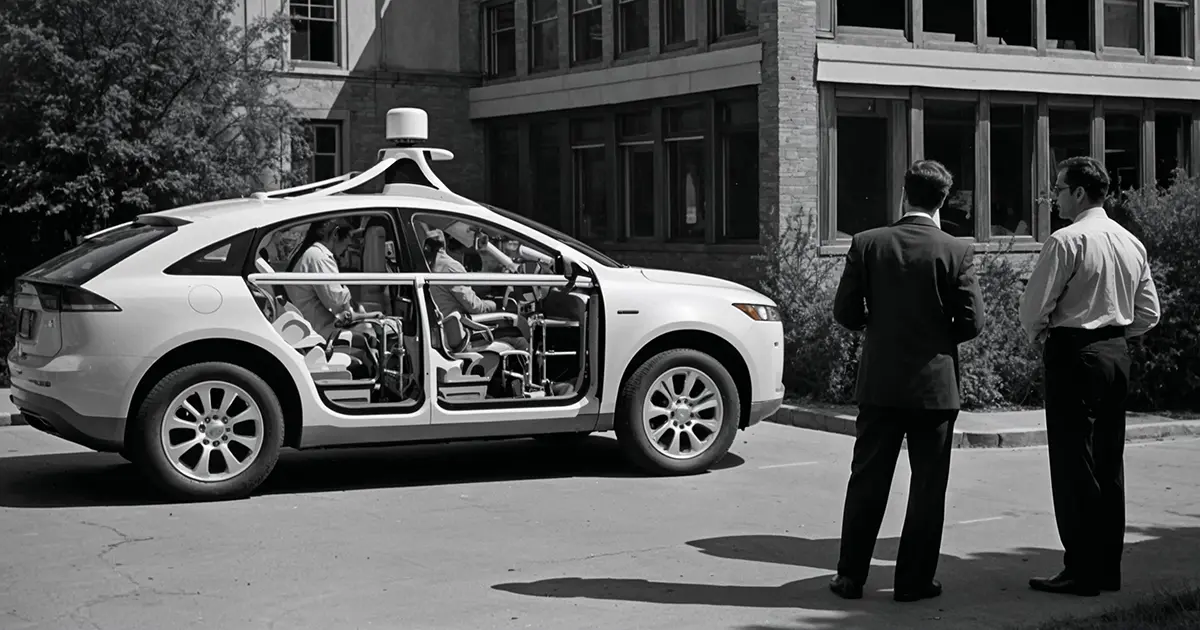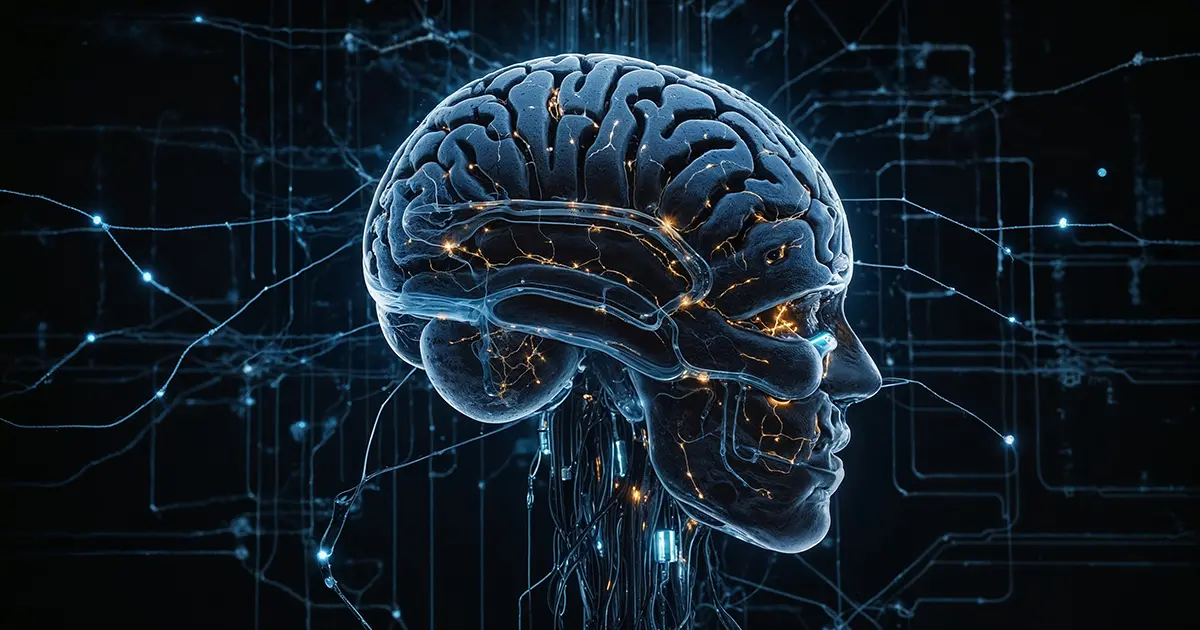How AI Powers Self-Driving Cars and Ensures Safety
AI is the brain behind self-driving cars, helping vehicles navigate safely without human intervention. This article explains the history, challenges, and breakthroughs of autonomous driving, breaking down how AI processes massive amounts of data to make real-time decisions that optimize safety and revolutionize transportation.
Introduction to autonomous cars
Imagine getting into a car, telling it where you want to go, and then sitting back while it drives itself. This once futuristic idea is becoming a reality thanks to artificial intelligence (AI). But how do cars learn to drive themselves? Autonomous vehicles use advanced AI systems to perform tasks that once seemed impossible. From detecting other vehicles to recognizing road signs and pedestrians, AI processes all this information and makes decisions faster than any human could.
The early struggles of autonomous vehicles
The concept of self-driving cars isn’t new. The first serious attempts to create an autonomous vehicle began in the 1980s. Engineers had high hopes, but early vehicles struggled with even simple tasks like staying in the right lane or reacting to obstacles in the road. The main challenge was that cars didn’t have enough data or computing power to process information quickly enough.

For example, early test vehicles often veered off the road or couldn’t properly detect a crosswalk. It was a frustrating time for developers, and many projects stalled. But the technology didn’t stop moving forward. It took decades of trial and error before real progress was made, with companies like Mercedes-Benz and universities like Carnegie Mellon among the early pioneers.
Data: The key to autonomous success
One of the most critical elements in the development of self-driving cars is the collection of data. Without data, AI systems can’t learn how to drive. Cars need to “see” millions of different scenarios, such as merging into traffic, stopping at red lights, or avoiding sudden obstacles, in order to become reliable. In the early days, collecting that much data was nearly impossible.
It wasn’t until companies like Google came along that the game changed. Google’s Waymo project began in the 2000s, using hundreds of cars to collect miles of real-world driving data. Each test vehicle recorded every detail: how fast other cars were moving, the distance between vehicles, the behavior of pedestrians, and even how weather conditions affected driving. By 2017, Waymo’s self-driving cars had collected more than 3 million miles of driving data. This massive amount of data allowed the AI to learn from millions of driving situations, making the cars smarter and more reliable.

How do self-driving cars work? A simple explanation
At the heart of a self-driving car is AI, but what does that really mean? Let’s break it down into simple terms.
Imagine that your car has eyes (cameras), ears (sensors), and a brain (the AI system). The “eyes” help the car see what’s around it: other cars, traffic lights, pedestrians, and obstacles. The sensors work like ears, picking up signals from the environment, such as how close another car is or if someone is suddenly stepping into the road. But it’s the AI brain that makes the car “think.” It takes all the information from the cameras and sensors, processes it, and decides what to do next. Should the car stop? Slow down? Change lanes?
For example, if the sensors detect an object moving across the road, the AI calculates the object’s speed and distance in milliseconds. If the object moves into the car’s path, the AI applies the brakes. All of this happens faster than any human reaction time, making AI-driven cars incredibly responsive.
A key technology in these cars is machine learning. Machine learning means that the car can learn from past experience, just as humans do. If the car encounters a challenging driving situation, it remembers it and improves its response for the next time. Another important technology is computer vision, which allows the car to recognize objects such as stop signs, lane markings, and even people.
Some of the companies leading the way in self-driving technology are Tesla, Waymo (a Google subsidiary), and Uber. These companies have spent years refining their systems, and the first significant breakthroughs came in 2015, when several companies conducted their first fully autonomous driving tests.

The role of AI in self-driving cars: What makes it all work
Artificial intelligence is what makes autonomous driving possible. Here’s a simple breakdown of what AI does:
These AI systems are based on neural networks, which are algorithms designed to work similarly to how the human brain processes information. Neural networks allow the vehicle to make split-second decisions that ensure smooth and safe driving.
Key aspects of AI in autonomous vehicles:
Who’s leading the way? World leaders in autonomous driving
Today, some of the most advanced work in autonomous driving is taking place in the U.S., China, and Europe. Waymo and Tesla are leading the way in the U.S., while China’s Baidu has developed its Apollo platform, which is at the forefront of the country’s autonomous vehicle projects. In Europe, traditional automakers such as Volkswagen and Audi are developing their own AI-powered systems to stay competitive in the global autonomous driving race.
These companies are constantly testing and refining their self-driving systems, logging millions of miles to ensure safety and efficiency.

AI’s role in vehicle safety
AI isn’t just about driving, it’s about making cars safer. Thanks to AI, modern vehicles are equipped with advanced driver assistance systems (ADAS), which include features like automatic emergency braking, lane departure warning, and collision warning.
For example, if you’re driving and suddenly get too close to another car, the AI system will either warn you to brake or apply the brakes itself to prevent an accident. These systems act as a second set of eyes and hands on the road, reducing the chance of human error, which is responsible for most traffic accidents.
Why you don’t need to be a tech expert to understand AI in cars
It’s easy to feel overwhelmed by technology, especially when it comes to something as complex as AI. But here’s the good news: even if you have no prior experience with computers or technology, understanding the basics of AI and self-driving cars can be easy. Our blog explains AI concepts in a simple, easy-to-digest way, allowing even the absolute beginner to build confidence and knowledge in this exciting field.
The future of AI and self-driving cars
Self-driving cars are one of the most exciting applications of AI, and they’re here to stay. As the technology continues to improve, it’s clear that AI will play an even bigger role in changing the way we travel and the safety of our roads.



















